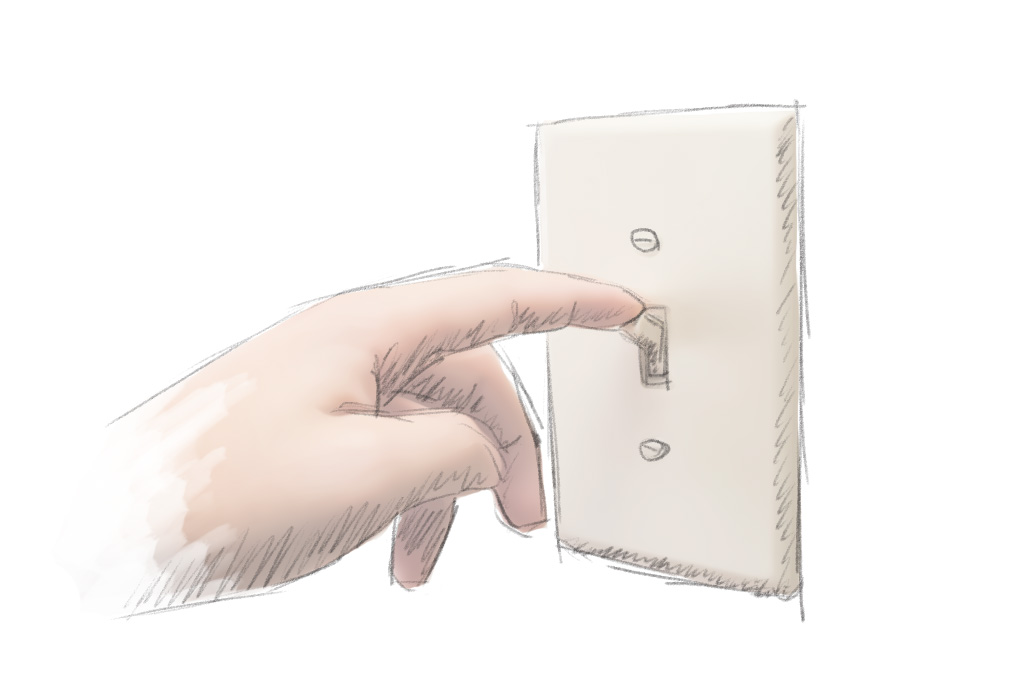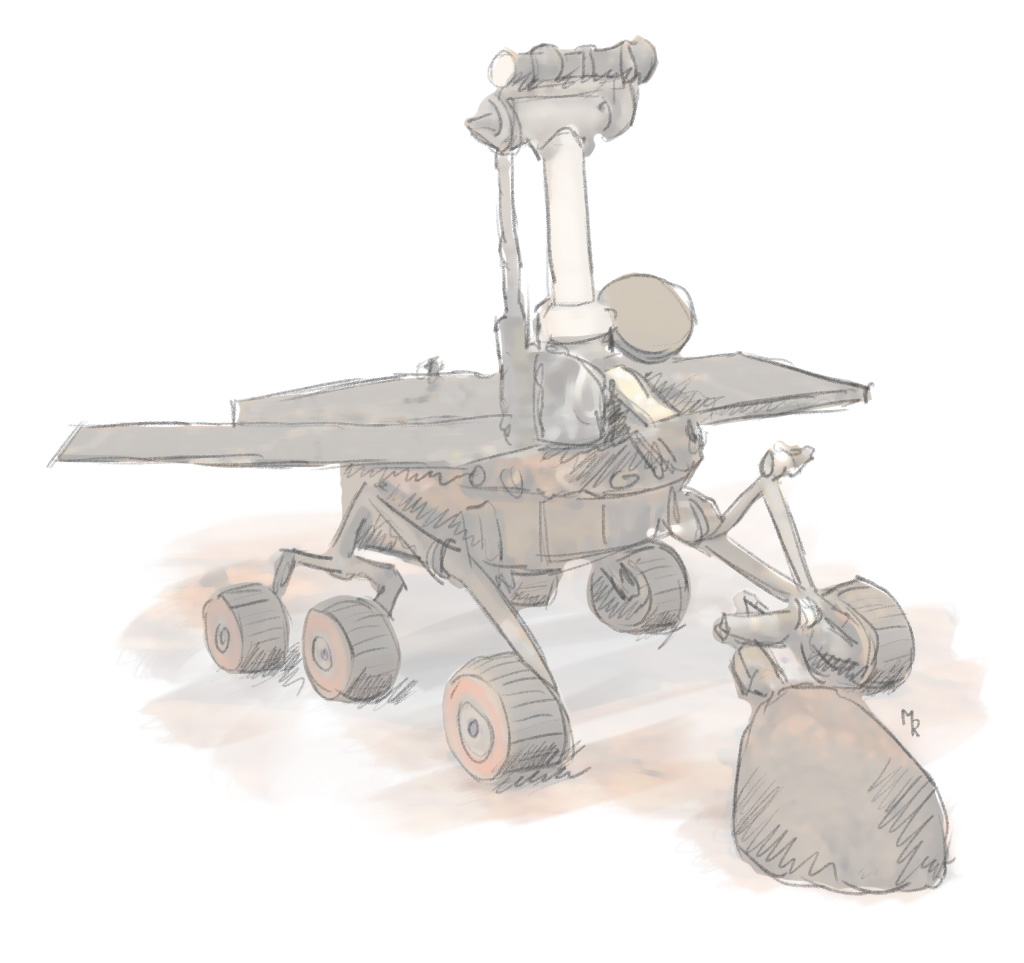Hopefully you have been good and have taken the time to understand the previous sections and didn’t just skip straight to here.
You should now have a serene, calming environment set up in your home, free from any external distractions. You should have figured out which posture you want to adopt to eliminate your own body’s physical distractions. You should be able to breathe deeply and calm the nervous system to fully relax any tight muscles.
If you can’t do that, there’s really very little point starting this next section. You will spend a lot of time trying to meditate and may end up quitting in frustration.
If you can do that , then please keep reading.

Simple Exercise
So, here’s a really simple exercise for you.
This is the point of meditation – to Stop All Thoughts.
For just one minute we’re going to sit here in silence, and think about nothing. Just simply empty your mind and stop your thoughts.
Sit comfortably, and when you’re ready, close your eyes and just stop your thoughts. Continue reading when you’ve done that for one minute.

OK. That was easy right?
So I think I had my first thought after about 3 seconds. How did everyone else do? Most people find it pretty difficult. Actually impossible.
That was a trick exercise, to demonstrate that it’s impossible to stop the mind. Most people get very frustrated with meditation because they think the goal is to stop the mind. Like it’s something that can be controlled by flicking a switch.

One of the first things you should understand about the mind is that you have no control over it. You can’t just tell it to stop yacking.
The second conclusion that most people come to is that, you are not the mind. But lets not jump ahead too far.
The real goal of meditation is to realize that there isn’t a goal.
Wise Hermit
It is simply to allow everything to be exactly as it is right now and to simply observe.
Realizing that you can’t control your thoughts, your mind, can be a bit of a shock when you first find out.
But through meditation you will learn to observe the mind and create a little bit of separation between you and your mind. It gives you a little window into who or what you really are.
“So you mean that voice in my head isn’t me.”
Flabbergasted Hermit
It’s like getting a glimpse behind the green curtain in the The Wizard of Oz.

Monkey Mind
Your mind is like an untrained puppy. Buddhists call it Monkey Mind. If you sit and play with the puppy, it will stay there and play nicely with you. But the moment you look away and look back again, it gets into trouble and when you look back you find it has an alligator in it’s mouth.
So what’s going on. Well, your mind did what it was supposed to. It found a problem to fix.
The only real problem, was that the alligator was perfectly happy minding its own business over in the river not bothering you. But your untrained puppy saw the alligator, thought it was a problem you needed to take care of and dragged it over to you to deal with it.
Essentially it created a problem for you. ………….your mind created a problem.

As I mentioned, our minds are phenomenal problem solvers. They review past events, learn from them and file the lessons away for quick retrieval in the future. The PAST.
It is able to pre-visualize future scenarios so you can test out ideas and concepts before committing to one. The FUTURE.
However, over time, through evolution and our changing lifestyles, it got too big and bossy and thinks it’s in charge. It’s like a power tool you can’t put down once you turned it on.
If it keeps you in the past and the future then it stays alive. If you become PRESENT then it no longer exists. No longer existing is a problem for a mind who thinks he’s in control.

Houston we have a problem
A really simple analogy is that of the Mars Rover.
So imagine that you are like NASA’s mission control back on earth. Observing what the Mars Rover is doing. You’re looking at screens with readouts of all the data that the rover is sending back to you.
When you see something interesting on the screen, you send a command to the rover and ask it to drill into the rocks and do some science experiments. The rover does that and sends back a bunch of wonderful scientific discoveries. Everyone at mission control cheers and does a big high five. Great.
But over time, the team at mission control find that steering the rover through the rocks and over the Martian landscape is a bit tedious. But they were clever and installed an artificial intelligence (AI) processor on the rover so that over time it could learn how to navigate the environment on its own.
At first it was slow. The rover had to be taught what a rock was and how to navigate around it. When it came across terrain that was too steep, it knew it had to go a different way. It could drive over small rocks but had to go around large ones.
Each time the NASA engineers taught it a new procedure, it added it to its database. Then when it faced a similar situation on its own, it could simply check the database to see how it handled it previously.
But the AI got better and better at navigating the Martian surface. The engineers no longer needed to help it make decisions.

It also learned that when it drilled into red rocks and sent back the science results, the engineers at NASA didn’t go whooop whooop or do high fives. But when it drilled into an occasional yellow rock, the engineers would send it follow up commands and ask it to do more detailed studies.
So the AI got smarter and smarter and pretty soon it was running the missions with very little input from the engineers. How sad. It liked it when the scientists sent it lots of interesting work. It loved it when it came across a boulder that it couldn’t figure out how to get around, because the engineers would engage with it.
So the AI started to get a little sneaky because it really liked the attention it got when something new came a long. The engineers and scientists made such a fuss. It felt valued.
It started to tell the engineers stories. It would send back old footage of yellow rocks from its memory banks, because it new the scientists would get excited and play with it.
It also started to get scared and avoided anything that might get it stuck or in danger of tipping over. Too steep, too rocky. So it didn’t explore many of the more interesting parts of the planet. It developed a bias, a prejudice for parts of Mars that in the past had been easy.
It no longer sent back pictures of red rocks. Only yellow ones. It also downloaded a copy of Photoshop so it could send back pictures of purple rocks too. All so it could get some reaction from the engineers back on Earth.
Kind of a silly analogy. But I believe that’s exactly what our mind is.
Our mind seems like a useful artificial intelligence that used to be a simple tool we turned on and off when we needed it. It kept us safe from danger. But but now it has become so smart that it’s almost impossible to shut off.
It also seems to have developed a lot of prejudices like our little rover. And it craves the attention it gets from its owner. Positive attention or negative attention. It doesn’t matter. It’s smart and it’s lonely, so it will do whatever it can to keep you distracted and keep itself turned on. It doesn’t want to go back into the dark lonely toolbox.
Keep reading to find out how we gain back control of our little rover. Learn how to turn off the mind and put it back in the toolbox.
Meditation Boot Camp – Quick Navigation
- Meditation Roots – the history of meditation
- Why Meditate? – why do we need to meditate
- Physical Relaxation – the importance of physical relaxation for meditation
- Meditation Environment – how to set up the perfect environment for meditation
- Meditation Posture – different meditation postures that work for everyone
- Breathe Properly – both energize and relax your body by breathing properly
- Breathing Practice – simple breathing exercise before meditating
- Subtle Sensations – becoming aware of your body
- Stop the Mind – stopping the mind from chattering
- Entertain the Monkey – giving the mind a task during meditation
- Follow the Breath – focusing on breathing during meditation
- Simple Breathing Meditation – putting it all together in meditation
- Meditation is a Journey – make meditation a lifelong practice
